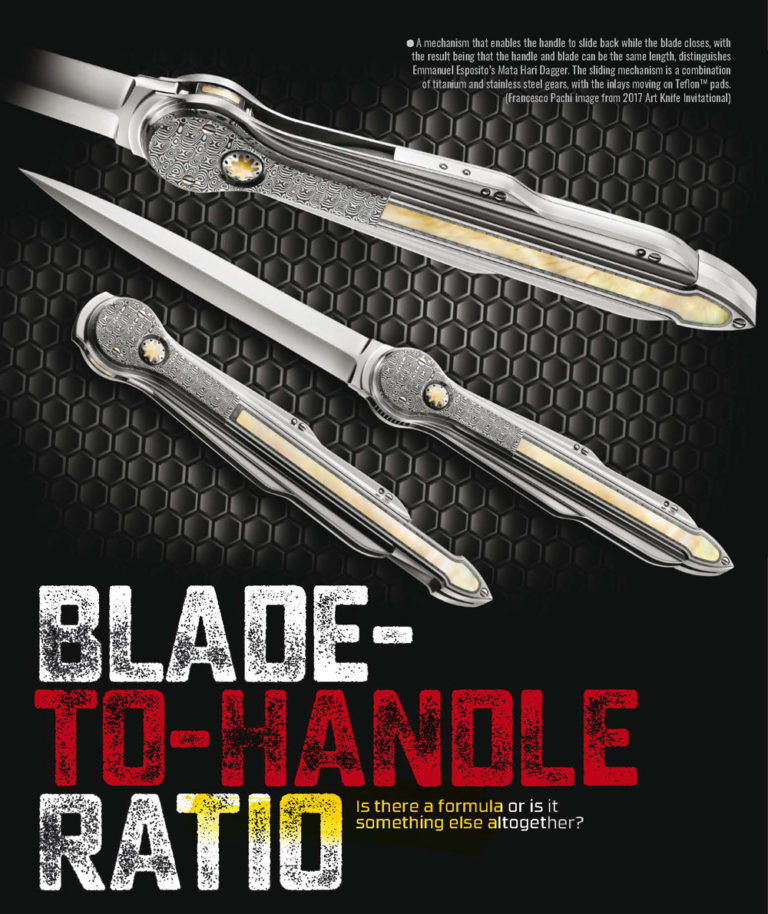
It’s the critical cooperation of handle and blade that makes the knife perform. One supplies the cutting edge, while the other allows you to exert control. So, then, the age-old question follows in finding the right ratio of length for each in a knife of proper construction.
In many cases, the experienced knifemaker follows his gut feeling to achieve the best knife handle-to-blade ratio, his understanding of just what it takes. Instinctively, the design brings balance and function to the piece.
Certainly, the process would be simpler if a formula existed to guide the maker in the optimal handle-to-blade ratio. However, according to those consulted for this story, there is no such formula.
The best knife handle-to-blade ratio, they reason, is driven by intended use.
Use, Not Size
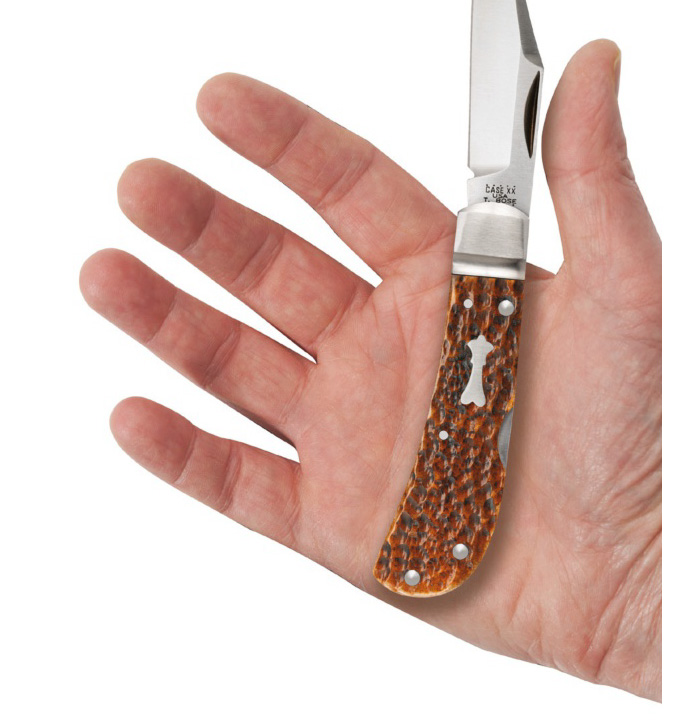
“I base the ratio on use, not size,” explained knifemaker and BLADE® field editor Abe Elias. “For instance, when you look at the knife you carry every day, you’re not usually out there skinning animals or felling trees. You’re cutting open boxes and packages, snipping string or tape, and—if you trust the cleanliness of the blade—cutting a piece from a block of cheese or peeling an apple. In the end, everything is based on what you do with the knife.
“So when you look at all that, everyday use versus bushcraft or camp use, then you might say to yourself that you don’t need a lot of handle for torque or control if you’re cutting a piece of tape or your Amazon box open. If the blade is small, you don’t necessarily have to put a small handle on it; but, if the job doesn’t require a good, full grip, I’ll shorten the handle to make it easier to carry in an urban environment to do non-strenuous jobs.
“Bushcraft requires that you do strenuous stuff related to torque, and with carving or craft ing or skinning an animal,” Abe concluded. “Therefore, the handle must be full size to provide the ability to control the blade and put enough force behind it. Small jobs need control but not always a lot of force.”
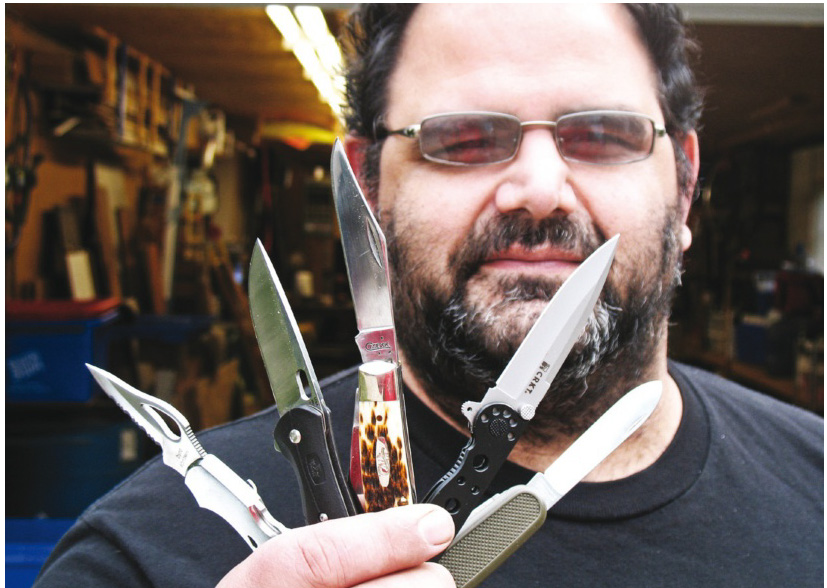
What Pleases the Eye
Don Hanson, making knives for three decades with the Sunfish Forge mark, has no exact, best knife handle-to-blade ratio formula, and he readily asserts that any standard such as a “handle length an inch longer than the blade” falls apart pretty quickly.
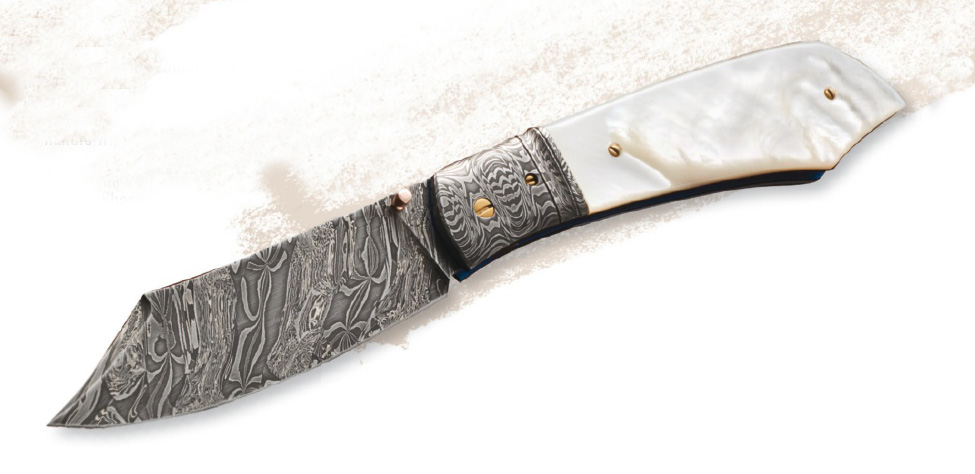
handle when closed.” (SharpByCoop image)
“I don’t have a formula for the ratio,” he commented. “I just do what looks good to my eye. With folders I make the blade as large as possible to still be able to fit inside the handle when closed. I don’t think making the handle an inch longer than the blade on a fixed blade is accurate. That would not work for bowies or fighters, where blades are typically seven to 12 inches. On these the handles are usually 5 inches.
Now, it could be true for a hunting knife if it has a 3.5-inch blade. A 4.5-inch handle would be perfect for that hunter.”
The Golden Mean
Hanson allows that the mathematical “Golden Mean” ratio may be helpful, though he does not specifically use it in his work. Without launching into a prolonged Algebra lesson, two quantities are in the Golden Mean if their ratio is the same as the ratio of their sum to the larger of the two quantities. Dust off that old high school math book for the actual formula and a clearer definition.
“Handle-to-blade ratio is function first,” Hanson added, “but in this time of images on the internet and magazines, the visual aspect is very important. Sometimes we see a knife that looks pretty good but just doesn’t seem right—and it’s not apparent why. In most cases the handle-to-blade ratio is off.
“The Golden Mean ratio is a good way to get handle-to-blade ratio right. I don’t use it, but most knives that look right will fall within the parameters of that ratio. Still, there is no rule or ratio in folding knives. The handle is always longer than the blade.
“A folder just looks bad when the blade is too small. I just design knives that function well and look good. I rarely measure anything or use any rules. The knife has to look good to get someone to pick it up. Then, if it feels good in the hand you have a winner.”
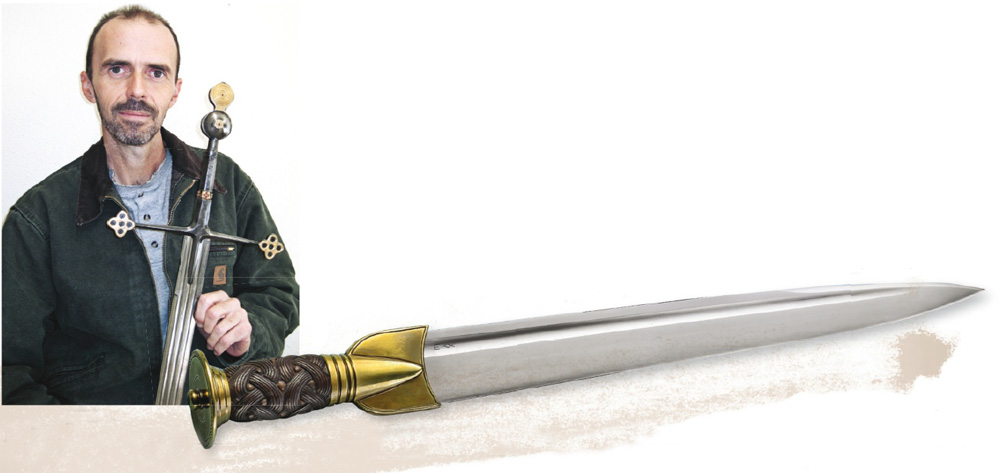
Function, Comfort, Looks
According to Vince Evans, a full-time maker since 1981, some handles do require a certain length or shape depending on function, and some hunters prefer a small grip that is completely in the hand to avoid getting in the way when field dressing an animal.
“Personal preference probably plays a big part in that idea,” Vince said. “In period pieces such as an 18th century Scottish dirk, the grip was typically in the 4-to-5-inch range despite a blade length that could be up to 16 inches. Knives of the past tended to have more similar grips than modern ones.
“People carried a knife all the time for various purposes, so I would think that the ratio worked out naturally over time, and I would imagine that overall weight had a lot to do with the size.”
“Aesthetically, if you have a blade that is too big for the handle, it can become wonky,” Joe Flowers, a knife designer for Condor Tool & Knife, reasoned. “If you don’t balance the blade with the handle on a fixed blade, it can become messy. The human eye picks up on imbalance, so, if you have a short blade and a long handle, you’d better have a good reason.
“For fixed-blade bushcraft knives the most popular example is a 4-inch blade with a 4.5-inch handle, with a point down the center line. As a designer, especially recently, I’ve tried to jump out of the ‘rule’ rut that I’ve made more or less for myself.”

Ergonomics are an integral component of the best knife blade-to-handle ratio, and the user surely appreciates that balance in the field.
“I’ve done a lot of research on human hands/tool use ergonomics,” Flowers offered. “More ergonomic knives have less geometry in their handle design for long-term use. Sometimes these handles don’t look very special, but after the third hour of whittling a kuksa [a Scandinavian drinking cup carved from birch burl] or an axe handle, you will appreciate them.”
Flowers adds that torque and dexterity dictate handle length in relation to a knife blade. In other words, if more force must be applied, then more surface area in the right points of contact with the hand allow the user to apply that torque.
“If it’s something like a neck knife,” he interjected, “you probably aren’t going to be applying that much torque, and are using it more for miniscule tasks such as cutting line rather than chopping down a tree. The handle length can sometimes dictate what the blade is capable of doing. An axe with a 3-inch handle would work differently than one with a 23-inch handle.”
The perfect combination of handle and blade is ultimately put to the test with intended use. In the absence of a formula, the true judgment may be found in the fatigue or the number of blisters on the palm when the job is completed.
Overthinking Handles?
Years ago, a well-known knifemaker offered Elias some advice.
“He said two things,” Abe smiled. “‘You’re spending too much time on your handles. You’ll never get your money back for it. And your handles are too long. They should be the bare minimum.’ Now, my whole thing is that the knife is only as good as your ability to control it.
“I will ask a customer what size their hand is. I’ll ask them to go to a store and find a pair of metric-sized gloves that fit and give me the number. That way I know the dimensions of their hand and can work from that accordingly.
“Still, it would be good to say that there is some kind of ratio that always applies, but like I’ve said, I don’t have a mathematical formula—I have a use formula.”
The best knife handle-to-blade ratio is, after all, the product of evolution, experience and the trained eye. Placing these elements in perspective produces the balance and control necessary for the knife to function as it should, while also making a pleasing presentation from a visual standpoint.
 NEXT STEP: Download Your Free KNIFE GUIDE Issue of BLADE Magazine
NEXT STEP: Download Your Free KNIFE GUIDE Issue of BLADE Magazine
BLADE’s annual Knife Guide Issue features the newest knives and sharpeners, plus knife and axe reviews, knife sheaths, kit knives and a Knife Industry Directory.Get your FREE digital PDF instant download of the annual Knife Guide. No, really! We will email it to you right now when you subscribe to the BLADE email newsletter.






